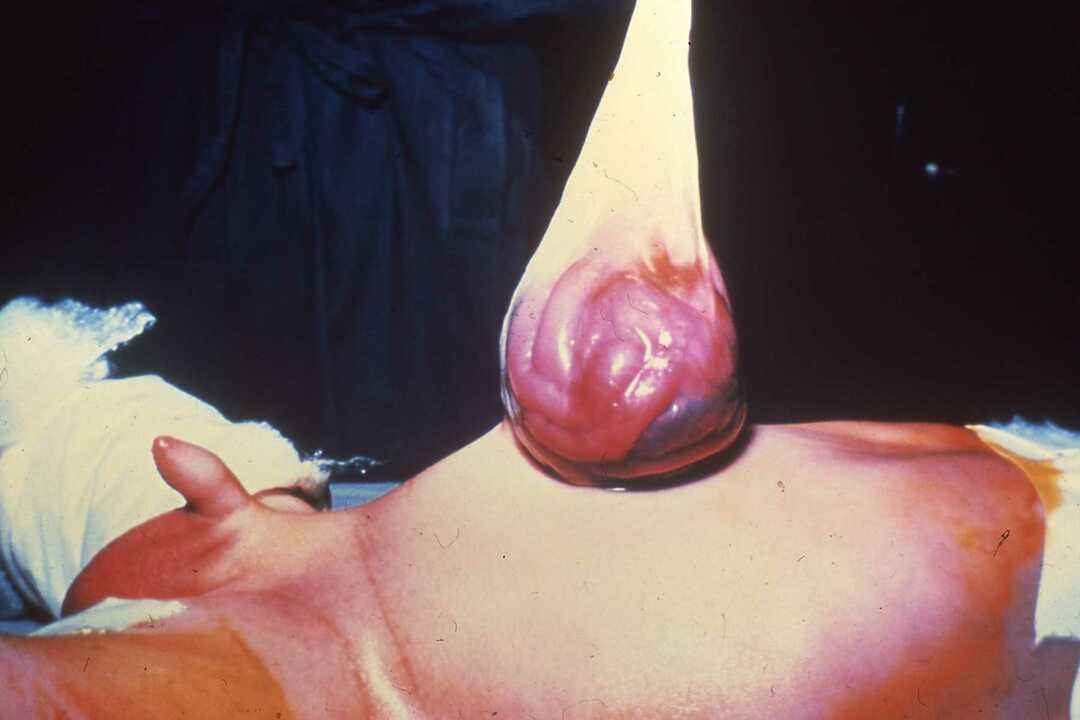Abdominal migraine: what is this disease, symptoms, treatment, prognosis
Attention! The information is for informational purposes only and is not intended to diagnose and prescribe treatment. Always consult your specialist doctor!
Content
- What is an abdominal migraine?
- Causes of occurrence
- Epidemiology
- Symptoms and Signs
- Diagnostics
- Treatment
- Prevention
- Forecast
What is an abdominal migraine?
Abdominal migraine Is a recurrent idiopathic disorder that occurs primarily in children and presents with bouts of abdominal pain for 1–72 hours. Between attacks, the condition of the patients is not disturbed, the pain can be of moderate or severe intensity, accompanied by vasomotor symptoms, nausea and vomiting.
The term "abdominal migraine" began to be used in 1921 after Buchanan described bouts of abdominal pain in the absence of a headache, as in a simple migraine.
The existence of abdominal migraines is causing a lot of controversy among headache experts. Some authors believe that abdominal pain can only be diagnosed as an abdominal migraine if when patients have classical migraine at the same time or they develop migraine after attacks of abdominal pain. Other authors have questioned the existence of the abdominal migraine itself.
Abdominal migraine occurs mainly in school-aged children with a characteristic location of abdominal pain in the midline or around the navel.
One large study found abdominal pain in preschool children to be very common. Thus, with abdominal migraine lasting 42 months, headache was found in 27.7% of children, while in children without abdominal migraine, it occurred in 14.3%. With abdominal migraine lasting 81 months, 55.4% had headache versus 37.8% of children without abdominal migraine.
Causes of occurrence
The most popular explanation for abdominal pain is psychological. Due to the lack of obvious organic pathology, the main cause of abdominal pain is emotional stress (for example, stressful situations at home or at school). Children with recurrent abdominal pain were characterized as restless and timid, with low tolerance for pain or discomfort.
The character of these children is rather uniform. Although their intelligence has not been investigated, they have been repeatedly described as having above average intelligence in school, conscientious and hardworking. Neatness and obsessive tendencies are common characteristics. It was also found that in families of children suffering from abdominal migraine, a high level of maternal neurotic conditions.
In 1962, scientist B. Bille suggested that recurrent abdominal pain could be the equivalent of a normal migraine or its precursor, and later can be transformed into a migraine. In addition, more than half of children (64%) have one or two parents who have suffered from migraines.
Epidemiology
The incidence of abdominal migraine is 1 in 10 patients attending a pediatric clinic. According to the II Roman criteria, abdominal migraine was found in 2% of children. According to other data, abdominal migraine occurs in 1-4% of children, more often in girls than in boys (3: 2), with an average onset at 7 years of age and a peak at 10-12 years.
In one of the studies, 114 children aged 4 to 17 years were examined, in whom, according to the II Roman criteria, abdominal migraine occurred in 4.7% of cases, irritable bowel syndrome - in 44.9%, functional dyspepsia - in 15.9%, functional abdominal pain - in 7.5% of children. According to the new III Roman criteria, abdominal migraine was diagnosed in 2.2-5% of children who were examined and treated in gastroenterological departments.
Symptoms and Signs

The clinical picture of abdominal migraine is characterized by recurrent acute onset and non-colicopodic abdominal pain localized in the midline, continues for many hours and is accompanied by pallor and anorexic. The child or her family may have a history of migraines, but the headache is minimal or absent during the attack. Episodes of abdominal pain are paroxysmal, with asymptomatic intervals for weeks and months. Abdominal pain was described as dull in 60% of patients, colicky in 22%. In 78%, the pain is located paraumbilical, but it can be diffuse (16% of cases). Abdominal pain may be preceded by vague prodromal symptoms in the form of changes in behavior or mood, anorexia (14%).
The clinical picture of abdominal migraine was well described in 1986 in a study of 40 children (27 girls and 13 boys) with familial a history of migraine, in which recurrent abdominal pain in the midline of the abdomen was found for at least 2 hours (children with abdominal pain not according to midline were excluded from the study due to possible renal or other cause of pain), with impaired activity, vasomotor reactions and nausea.
The comparison was carried out with 40 children who had only migraine headache. The frequency of attacks of abdominal migraine ranged from 3 to 200 attacks per year with an attack duration of 6 to 7 hours. The onset of pain in the morning (75%) was characteristic, lasting all day, and disappearing during sleep. Only in one child (2.5%) the pain began in the evening, and in 9 (22.5%) the time of onset changed periodically.
"Deadly pallor" with dark circles under the eyes - symptoms especially noticed by parents. Most of the children reported by their parents felt a fever during the attack, although fever was rare. 19 children (47.5%) also had migraines according to the established criteria, although abdominal pain was their the main symptom, compared with 15 (37.5%) children who have migraine headache and who also reported abdominal pain.
Visual symptoms rare in children with abdominal migraine and were found in only 7 children (17.5%) compared with 42.5% of children with migraine headache. The average age at onset of abdominal migraine is 8.7 years, with a wide range from 2.7 to 12.4 years. In boys, the onset was later, but the duration was more stable.
Diagnostics
Abdominal migraine is an exclusively clinical diagnosis; any laboratory or instrumental research methods will not help in establishing the diagnosis.
Treatment
During an attack, it is necessary to limit the influence of external stimuli and explain to the child the origin of his signs and symptoms. This reduces alertness about the prognosis of seizures and reduces stress.
The episodes often decrease or disappear completely during sleep, and the child wakes up feeling better.
Sumatriptan has been effective in treating abdominal migraine in adults, but triptans are NOT approved for use in children.
Recent reports indicate that in some cases, the introduction of valproic acid (500 mg) was effective for attacks of abdominal migraine in children 12 and 17 years old. However, there have been no controlled studies that have determined the effectiveness of a particular pharmacological agent in the treatment of an acute attack of abdominal migraine in children.
It is possible that the means of pathogenetic treatment of migraine and cyclic vomiting syndrome in children (ibuprofen, paracetamol, sumatriptan) will be effective in the treatment of abdominal migraine attacks.
Prevention
Prevention of abdominal migraine is necessary for severe and frequent attacks.
It is necessary to limit the influence of potential provoking factors, primarily emotional stress, travel, long-term food restrictions, sleep disturbance.
For children who have vomiting or abdominal pain due to malnutrition, it is recommended that certain foods be eliminated from their diet, especially chocolate, cocoa, caffeine, and foods containing nitrites.
When episodes of abdominal migraine become frequent enough, it is necessary to carry out prophylaxis with pharmacological agents, which may include pizotifen, propranolol, cyproheptadine.
Currently, there are only a few studies using prophylactic agents for abdominal migraine, concerning only pizotifene and a smaller amount of propranolol, and cyproheptadine.
One study used flunarizine (a calcium channel blocker) to prevent this disease in children at a dose of 5 mg / day for 13 months. As a result of the study, the frequency of symptoms was reduced by 61%, as well as the duration of attacks. However, this study was retrospective, with a small number of patients (n = 10).
Forecast
There are practically no data on the prognosis of abdominal migraine. Abdominal migraines are usually benign. The incidence of head migraine in patients with abdominal migraine is significantly higher than in healthy children. In a study by F. Dignan et al. (2001) found that 61% of sick children did not show abdominal symptoms, and 70% of children (including including those who had no symptoms) later on, there were classic migraine headaches.
Attention! The information is for informational purposes only and is not intended to diagnose and prescribe treatment. Always consult your specialist doctor!



